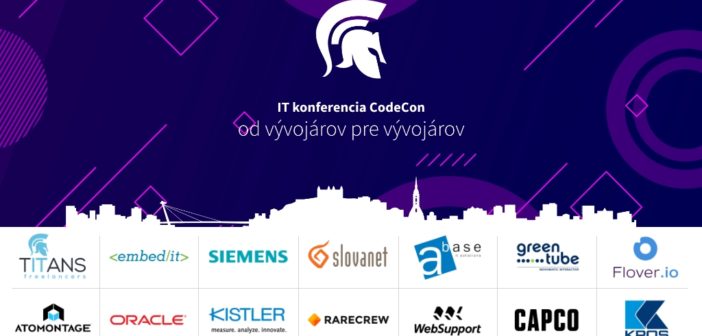BitTorrent Case Study - The Rise and Fall of the Piracy Kingpin
Whenever we think of downloading pirated movies, shows, web
series, or mod apps, just one name comes to mind: Torrent. It's free, and most
of us have used it at some point in our lives, and many of us are still doing
it now.
Torrents, for those unfamiliar, are powerful file distribution networks
that make piracy impossible to prevent. In actuality, torrent files are not
downloaded from a central server; rather, they are downloaded from the PCs and
mobile devices of the thousands of users who have already downloaded the files
on their devices. This means that any website associated with Torrent does not
hold the material, and if the government shuts down those websites, the website
owners can just purchase a new domain and use it to submit Torrent links.
Torrenting is
prohibited in many countries, as most of you are aware. Have you ever wondered
who started such a massive piracy network and where that person is now? So, in
this post, I'll address all of your torrent-related questions. Torrents are a
boon to hundreds of thousands of people in today's society since they allow
them to feast on exclusive and premium content for free.
However, this falls under the definition of piracy, which is a criminal violation. Despite this, people still use torrents.
Bram Cohen is the one who introduced people to Torrent. When and why did
Bram create Torrent, though? The story begins on, October 12, 1975. Bram was
born into a prosperous household; his father was a computer scientist, and his
mother was a teacher. He had always been different from other kids, and he was
fascinated by science and technology. He began studying computer programming at
the age of five. He graduated from New York's Stuyvesant High School and was
accepted to the University of Buffalo for further education, but he quit his
studies to pursue career opportunities.
Bram worked for a variety of companies throughout this time. He was a
brilliant student from the start, yet he never secured a position in a top tech
company. Working in small businesses has benefited Bram. Because, for whatever
reason. As a result, he learned about several previously unknown topics in the
computing industry. Torrent was largely inspired by his previous position in
Mojonation, which proved to be his greatest source of inspiration. Mojonation
aimed to create a decentralized file sharing and distribution system. The
primary idea was that instead of using a central server, files might be split
up and saved on separate computers.
When a person tries to download a file, he will need the help of all
other computers, and a hacker will not be able to break into any machine and
grab the entire file.
Bram was inspired by this notion to create a file-sharing protocol. Bram
thought this strategy was ideal for file sharing and chose to use it to bring
his file-sharing protocol to life. Bram resigned from his job and spent a year
implementing the protocol, which he named BitTorrent after. Bram created the
first BitTorrent client using Python and released the first version on July 2,
2001.
To engage with people, he began pushing a tech conference called CodeCon, which he co-founded with his friend Len Sassaman. CodeCon was a well-known tech conference in the 2000s, with attendees including Sergey Brin and Elon Musk. To attract a huge number of people, he attempted a new strategy and offered people the opportunity to download adult movies for free. It succeeded, and Bit Torrent user traffic climbed with each passing day. But he didn't want to be an adult film distributor, so after building up a large user base, Bram stopped seeding these films. However, many users learned to seed and exchange files at this time.
There were no cloud storage platforms back then, and the storage and
bandwidth requirements made it prohibitively expensive for website owners to
host larger files. This difficulty was remedied with the
introduction of torrents, which allowed multiple users to host the file at the
same time instead of just one.
Torrent became the most popular method of downloading and sharing large
movies. When people started sharing copyrighted content on BitTorrent, it
became the main focus of the prosecutors' against piracy, and Bram cleared it
before he built BitTorrent. His main goal was to give people a place where they
could exchange big files easily and without having to send money, not for
piracy. If users are doing this for reasons such as piracy, Bram claims it is
not his fault.
Even though prosecutors were attempting to bring charges against BitTorrent, Bram was aware of the situation and had preparations to avoid it. He never engaged in piracy and never forced anybody else to do so. Prosecutors were unable to construct a case against Bram Cohen in this instance, and when asked how to curb piracy, he stated that if copy-righted work is made affordable and easily accessible, piracy will cease to exist.
Although copyright holders could not directly ban Torrent, prosecutors
began taking action against piracy links in 2007.
In 2007, Bram Cohen struck an agreement with seven American studios in
which Bram committed to erase all piracy links on Torrent. However, as Bram
began deleting links, new Torrent websites such as The Pirate Bay and RARBG
arose, and their strategy to eradicate piracy failed. When prosecutors were
unable to obtain information from Bram and Bit Torrent, they began targeting
file seeders and hosts using IP addresses, allowing them to track every seeder
and take legal action against them.
However, as services such as Netflix, Hotstar, and Amazon Prime Video began offering copyright content at low prices, the use of pirated websites has reduced.
When someone is found guilty of piracy, their life is usually turned
upside down. However, the person who built the world's greatest piracy network
was never convicted. He's moved on from torrent and now runs the chia network,
a cryptocurrency firm.









0 Comments